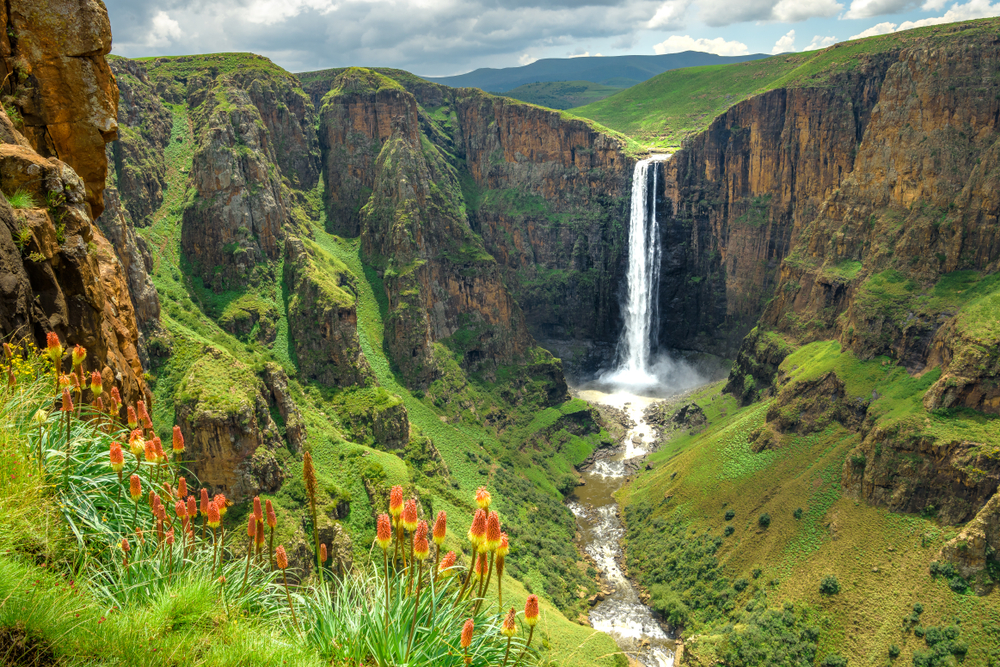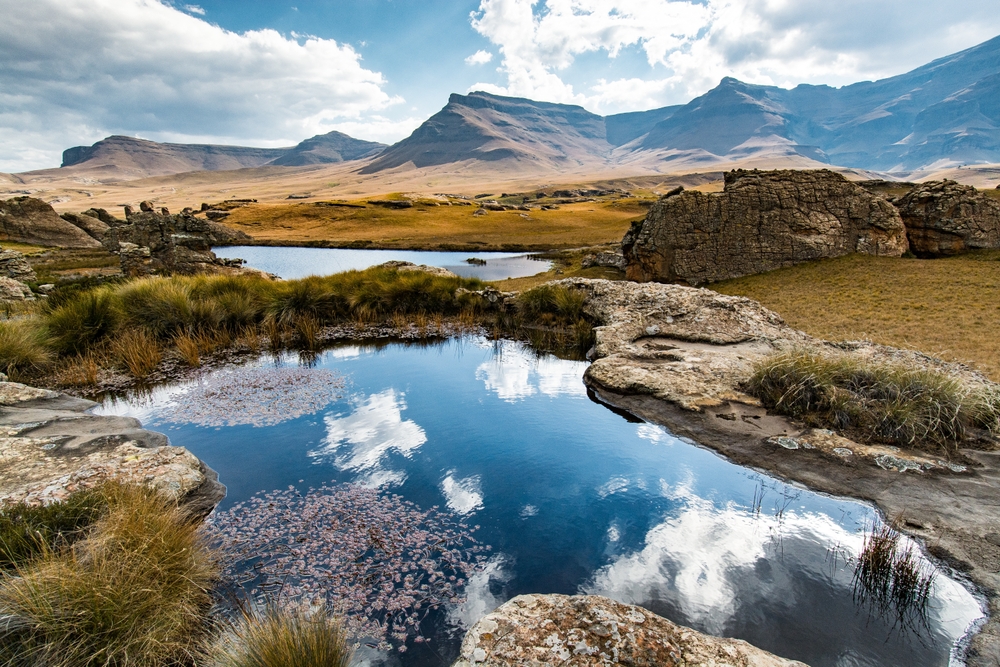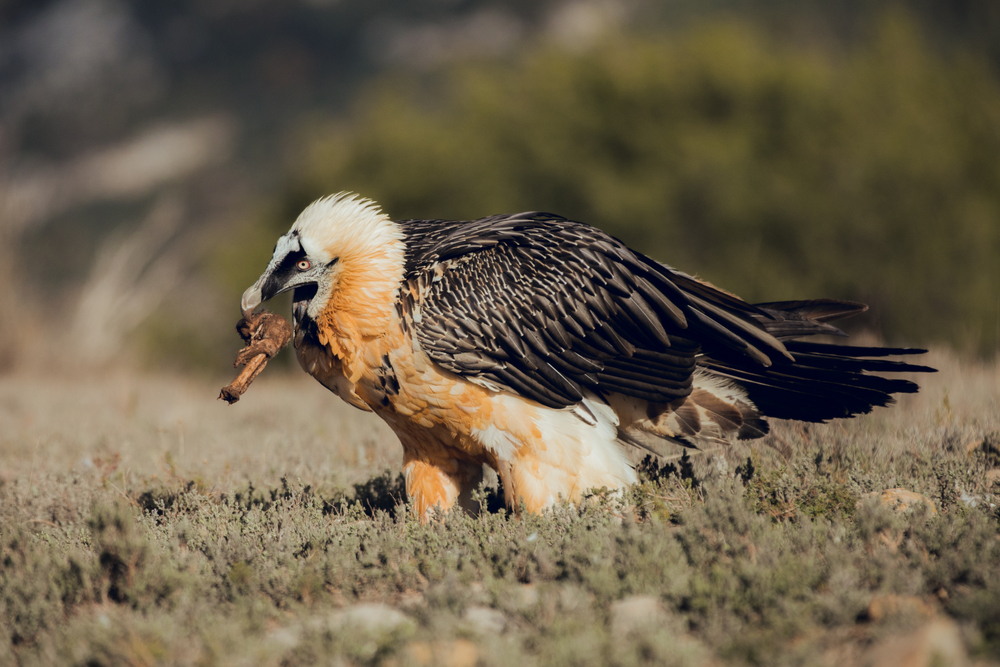Lesotho, a small, mountainous country entirely surrounded by South Africa, is home to a modest but remarkable collection of national parks. The country’s rugged terrain, high-altitude climate, and rich cultural heritage are reflected in its protected areas, which emphasize both ecological conservation and the preservation of its unique natural beauty. Lesotho has two designated national parks: Sehlabathebe National Park and Ts’ehlanyane National Park. These parks are part of larger efforts to protect the country’s delicate ecosystems while promoting sustainable tourism.
Sehlabathebe National Park, the oldest national park in Lesotho, is a UNESCO World Heritage Site as part of the Maloti-Drakensberg Park. Located in the southeastern part of the country, this park boasts dramatic sandstone formations, pristine mountain pools, and alpine grasslands. It is a haven for endemic plant species and rare birdlife, such as the bearded vulture and Drakensberg rockjumper. The park is also renowned for its prehistoric rock art, left by the San people, offering visitors a glimpse into the region’s ancient history.
Ts’ehlanyane National Park, situated in the northern highlands, is known for its lush valleys and striking mountain scenery. This park protects one of Lesotho’s last remaining indigenous woodlands, including rare and endemic species like the berg bamboo. The park’s elevation, ranging from 1,940 to over 3,000 meters, creates a habitat for diverse flora and fauna. Visitors can enjoy activities like hiking, birdwatching, and exploring the crystal-clear waters of the Holomo River.
Despite the stunning natural beauty and biodiversity of these parks, conservation in Lesotho faces significant challenges. Overgrazing, caused by traditional livestock farming practices, threatens the fragile alpine ecosystems. Soil erosion, exacerbated by deforestation and unsustainable land use, poses another major concern. Additionally, climate change is impacting water resources and biodiversity, intensifying the need for effective management strategies.
However, there have been notable conservation successes. The partnership between Lesotho and South Africa in managing the Maloti-Drakensberg Transfrontier Conservation Area has bolstered ecological preservation and cross-border collaboration. Efforts to promote eco-tourism have also raised awareness of the parks’ value and provided alternative livelihoods for local communities, reducing pressure on natural resources.
Lesotho’s national parks stand as a testament to the country’s commitment to safeguarding its unique environment. These protected areas offer a rare combination of breathtaking landscapes, cultural significance, and biodiversity, making them a vital part of Lesotho’s heritage and a growing destination for eco-tourism.












































































